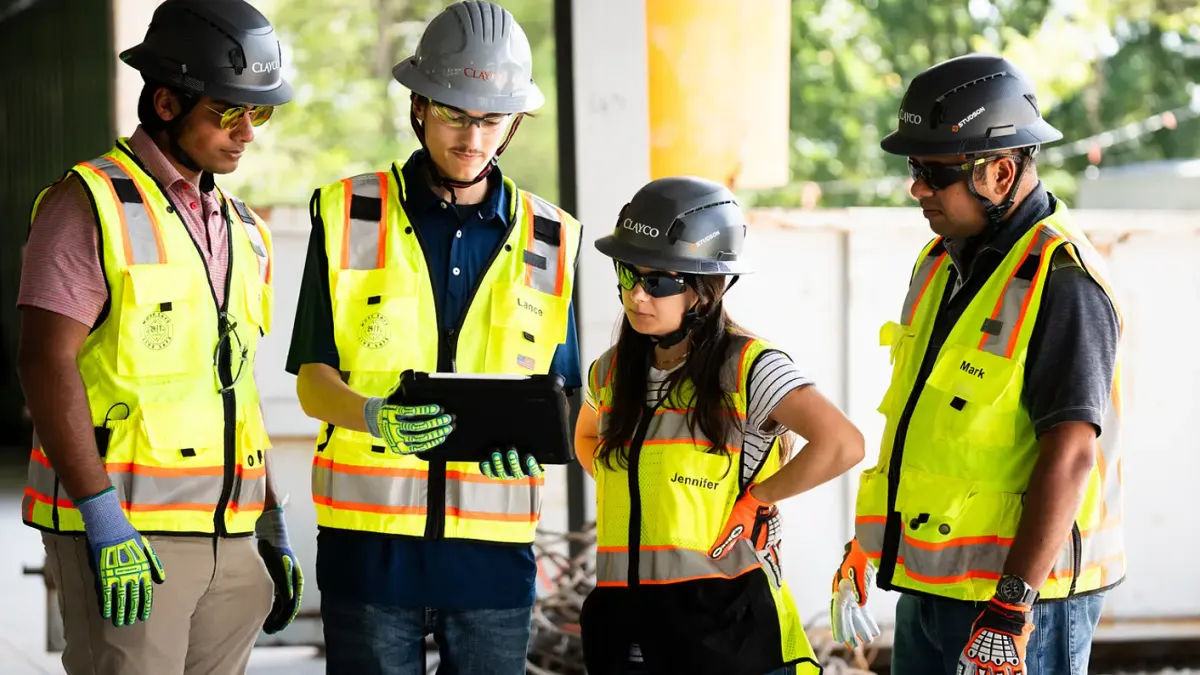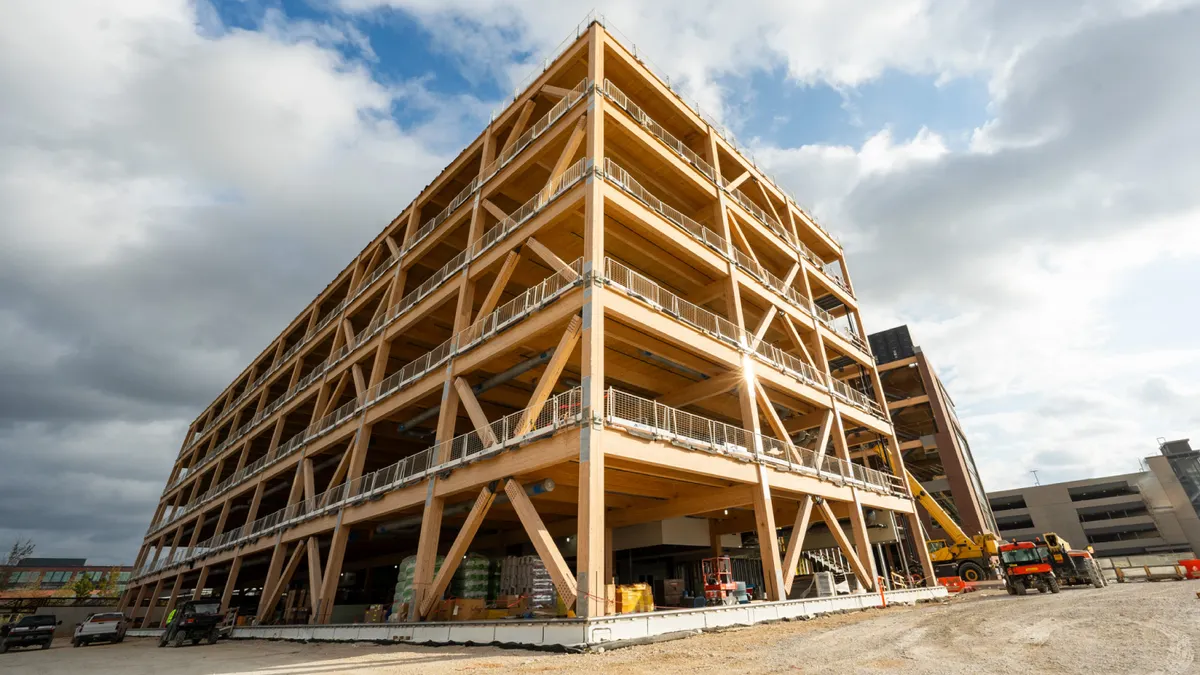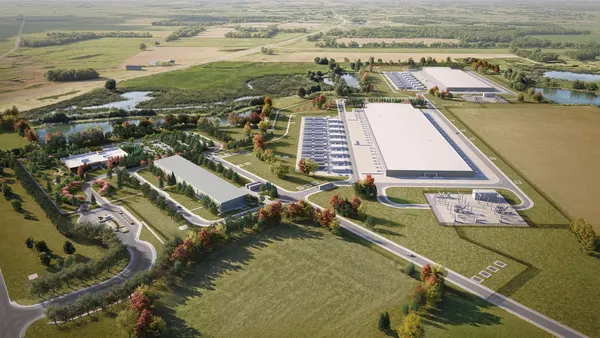Dive Brief:
- During a Thursday presentation at a Savannah State of the Port event, Griff Lynch, the executive director of the Georgia Ports Authority, laid out a $2.5 billion plan to expand the Port of Savannah, with future investments to possibly include a replacement for the Talmadge Memorial Bridge, which spans the Savannah River and cannot currently accommodate the largest cargo vessels that could potentially pass through.
- The $2.5 billion plan would expand the port's containerized cargo capacity by 45% by the year 2028, adding to the capacity created by the $973 million Savannah Harbor Expansion Project which is expected to be complete in late 2021. That project is deepening the port's shipping channels, a move that will save $282 million a year. To complement the movement of large cargo ships that want to take advantage of deeper channels, the Talmadge bridge would have to be replaced, although Lynch did not give a cost estimate for such a project and the arrival of the biggest cargo ships is not scheduled for any time soon.
- Projects that are part of the authority's $2.5 billion plan include growing the ship-to-shore crane fleet from 32 to 42 cranes, which means replacing older cranes so that all port cranes can handle 14,000-TEU container ships; additional gates; expansion of container storage areas; berth improvements and off-terminal roadwork.
Dive Insight:
Even before the new, larger lane of the Panama Canal opened in 2016, the race was on to increase capacity at U.S. ports, with some doing a better job than others when it came to dredging and making the berth and crane improvements necessary to handle the post-Panamax tankers with full loads. And until a port has completed the necessary infrastructure work, it cannot accept the largest fully loaded tanker or perhaps not accept them at all.
Panamax improvements aside, the American Association of Port Authorities reported in June that U.S. ports need $20 billion during the next 10 years in order to perform necessary multimodal and rail access work that will help the facilities meet growing shipping demand that's resulted from population growth and a greater volume of goods being shipped via tanker. More than 30% of the ports responding to the association's annual survey said they identified rail projects of more than $50 million each, and 7% said they plan to expand rail capacity in some way, with that mode of transport providing a fast, efficient way to move goods from the port to distribution centers.













